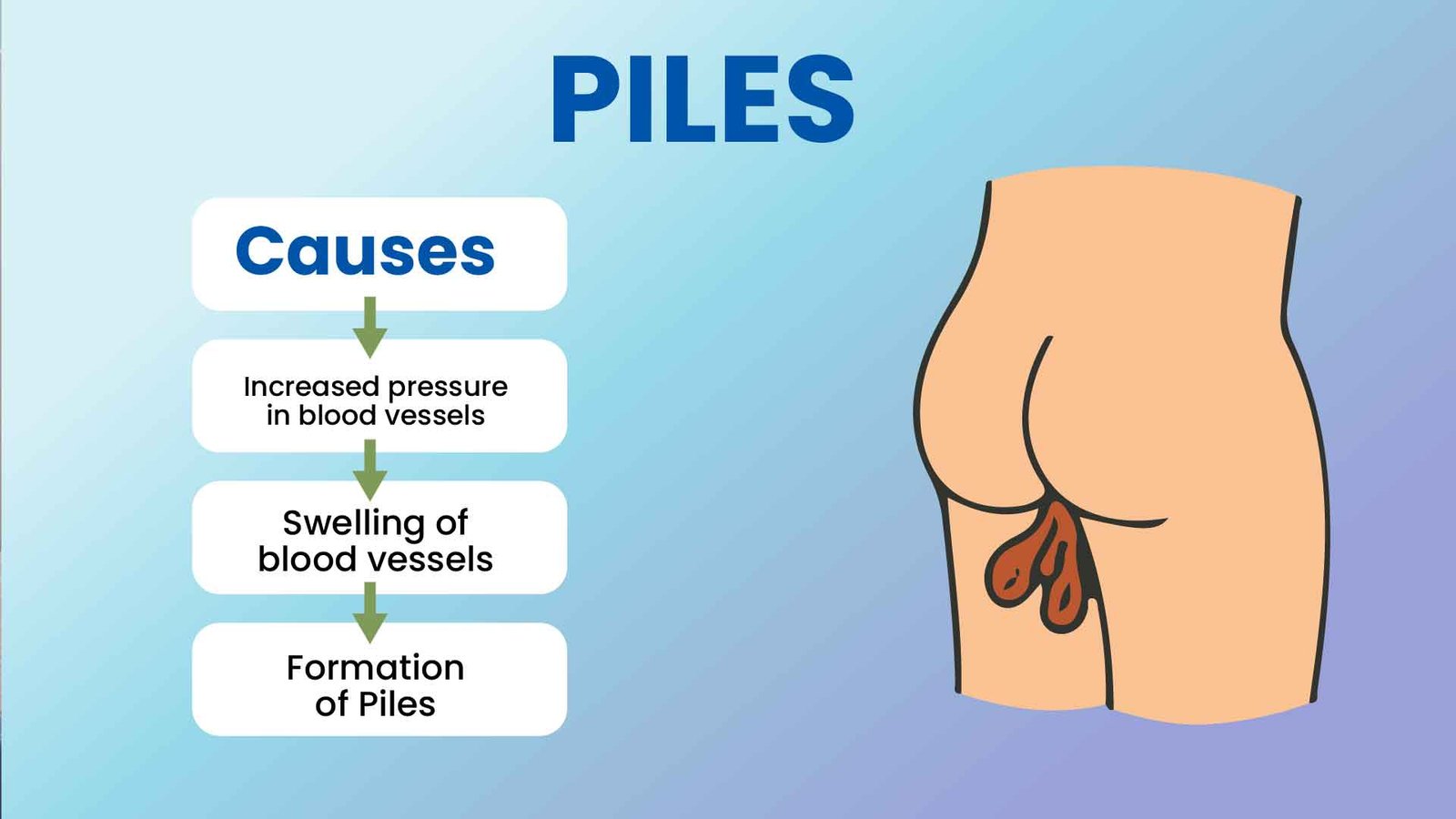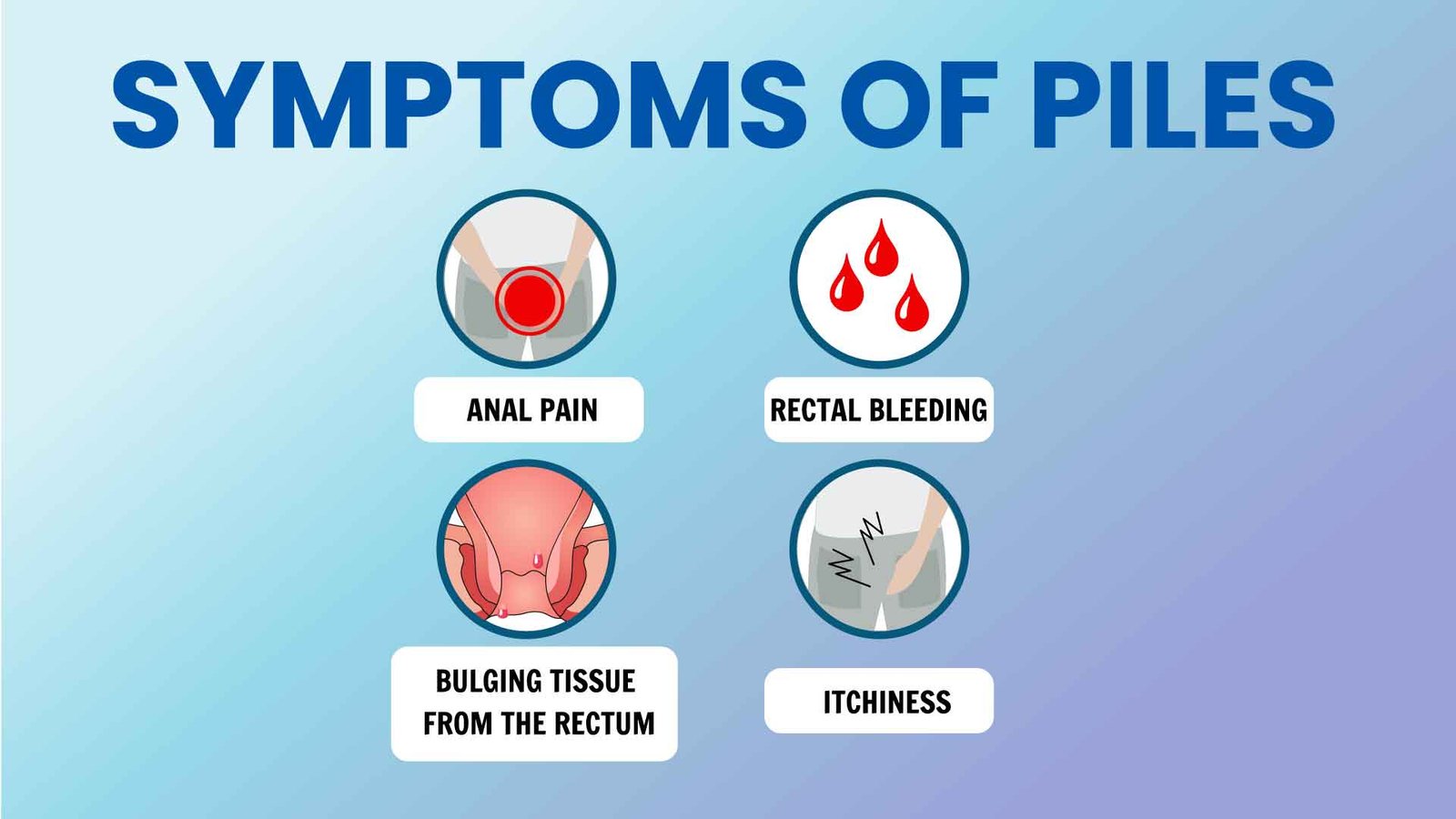PNS-Pilonidal Sinus
Lets Understand this
Pilonidal Sinus
A Pilonidal Sinus is a small hole or tunnel in the skin, usually found near the tailbone at the top of the buttocks. It often gets filled with hair, dirt, and skin debris. Over time, this can lead to pain, swelling, and sometimes even pus or blood discharge. This condition is common in young adults, and can cause a lot of discomfort if not treated properly.
Pilonidal Sinus treatment in Gurgaon to help you get back to a normal, pain-free life. Here from Patient –
Why and how does
Pilonidal Sinus Form?
The exact reason why a pilonidal sinus happens is not always clear. But in most cases, it starts when loose hair goes inside the skin near the tailbone. The skin gets irritated, and the body forms a small pocket or hole (called a cyst) around the hair. This area can then get infected, swollen, or filled with pus.
Reasons Why Pilonidal Sinus Forms:
- You sit for long hours
- You have thick or coarse body hair
- You sweat a lot
- You wear tight clothes regularly
- There’s friction or irritation in the buttock area
Note: Repeated irritation or infection can cause the sinus to become painful and inflamed.
How Does Pilonidal Sinus Form?
- Loose or broken hair falls and collects near the tailbone area.
- Due to movement or friction, the hair gets pushed into the skin.
- The skin gets irritated and may become red or swollen.
- The body sees the hair as a “foreign object” and tries to fight it.
- A small hole or cyst forms around the hair to protect the body.
- This area can get infected, leading to pus, pain, and swelling.

Living with a Pilonidal Sinus can be frustrating — it’s painful, messy, and often comes back. It may start small, but ignoring it only makes things harder over time.
You don’t have to suffer silently. With proper treatment, you can get rid of it for good and live comfortably again.
Common Symptoms of Pilonidal Sinus: –
Look out for these signs if you suspect a pilonidal sinus infection:
- Pain or swelling near the tailbone
- A small dimple or pit in the skin
- Pus or blood discharge from the opening
- Foul smell from the area
- Redness or tenderness
- Fever (in case of severe infection)
If these symptoms are ignored, the condition can become worse and may need more complex treatment later.

Important:
Sometimes, a pilonidal sinus can get infected and become painful. This happens when bacteria enter the sinus tract, causing swelling, redness, and pus formation.
An infected pilonidal sinus can be very uncomfortable and need immediate medical treatment to heal properly.
Check if you have an infected pilonidal sinus
- Pain and swelling at the top of your buttocks (tailbone area)
- A small lump or abscess filled with pus
- Redness and warmth around the area
- Sudden pain that makes it hard to sit or move comfortably
- Pus or blood leaking from a small opening in the skin
- A bad smell from the discharge
What to Do initially If You Have Symptoms of Pilonidal Sinus
If you are noticing the symptoms of Pilonidal sinus, It’s important to get a proper diagnosis and treatment at the right time. Here’s what you should do:
- Keep the area clean and dry
- Avoid sitting for too long
- Wear loose, breathable clothes
- Visit a pilonidal sinus specialist for a check-up
At Fistula Care Clinic, we help you with an accurate diagnosis and provide safe and effective treatment for pilonidal sinus.
Treatments for an Infected Pilonidal Sinus
The right treatment for an infected pilonidal sinus depends on a few things:
- Your symptoms
- The size of the sinus
- Whether it’s your first infection or a recurring one
If you have a painful lump or swelling filled with pus (abscess), it may need to be opened and drained by a doctor. In some cases, antibiotics are also prescribed to control the infection.
For sinus tracts that keep coming back or don’t heal properly, more advanced treatments may be needed — especially if it’s painful, bleeding, or leaking pus often. Your doctor will suggest the best option for you based on your condition.
Why Choose Fistula Care Clinic for Pilonidal Sinus Treatment?
Choosing the right place for treatment makes all the difference — and here’s why Fistula Care Clinic is trusted by so many patients across Gurgaon and Delhi NCR:
Expert Proctologist – Our specialist has years of experience in treating pilonidal sinus and related conditions.
Painless & Quick Procedure – No stitches, no long hospital stay. Most patients go home the same day!
Hygienic & Safe Environment – Clean, private, and patient-friendly care setup for your comfort.
Personalized Care – We listen, understand, and treat each case based on the patient’s specific needs.
Treatment Options for Pilonidal Sinus
At Fistula Care Clinic, we offer different treatment options depending on your condition — whether it’s your first infection or you’ve had recurring pilonidal sinus problems. Here’s what you need to know:
Minor Procedure to Drain Pus (Incision and Drainage)
- This is done when there’s a painful, infected abscess.
- A small cut is made to drain the pus and reduce swelling.
- Local or general anaesthesia is given based on the size of the abscess.
- Usually done in a hospital or clinic, and you can go home the same day.
- Regular dressing changes and sometimes antibiotics are needed.
Wide Excision (Wound Left Open to Heal)
- Ideal for large or frequently infected pilonidal sinuses.
- The entire sinus and some surrounding skin are removed.
- The wound is left open to heal naturally over time.
- Local or general anaesthesia is used.
- Done as a day-care procedure — no overnight stay required.
- Needs regular dressing but has the lowest chance of sinus coming back.
Excision with Wound Closure
- Another surgical option for severe or recurring pilonidal sinus.
- The sinus is removed and both sides of the skin are stitched together.
- Done under local or general anaesthesia.
- Faster recovery than open healing, but higher risk of infection.
- Stitches are usually removed around 10 days after surgery.
- Dressing may still be needed if the wound opens up.
Endoscopic Laser Treatment (Minimally Invasive)
- A modern, stitch-less treatment for pilonidal sinus.
- A small camera (endoscope) is used to look inside the sinus.
- Hair and infected tissues are cleaned, and laser energy is used to close the sinus.
- Done under spinal or local anaesthesia.
- No cuts or stitches — less pain, less downtime, and faster healing.
- You can usually go home the same day.
- Healing can take about a month, but you feel better much sooner.
No more fear of using the washroom! Cure your piles with our advanced and effective treatment.
- Dr. Vikrant Singh (Chief Proctologist) Fistula expert.
Get In Touch With Us
Book An Appointment
Book a visit to Fistula Care Clinic, simply fill out the form below and we will contact you back regarding the intervention you require.

